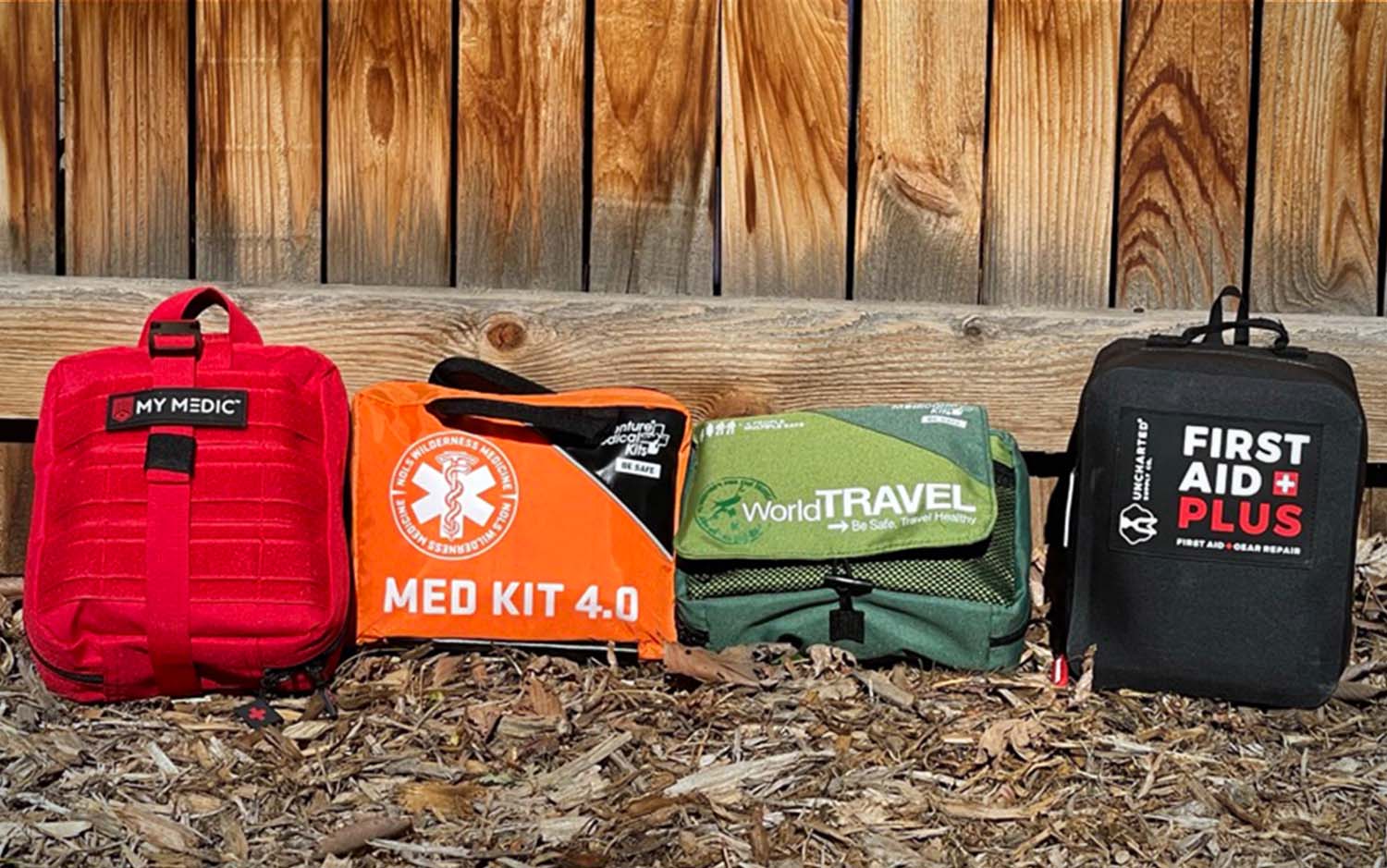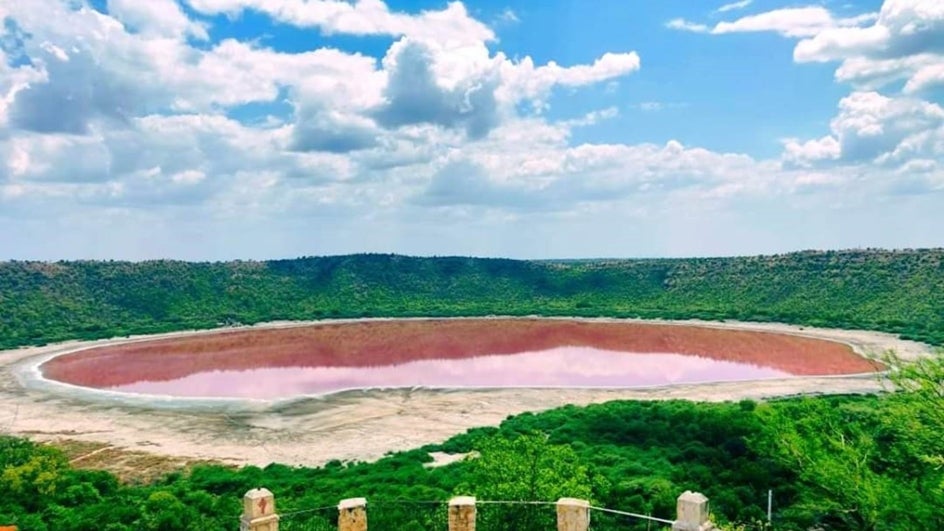
Having an emergency kit in your car can be lifesaving in a variety of scenarios. Whether you are stuck at the side of the road in a natural catastrophe or confronted with other unforeseeable circumstances having a fully-stocked emergency kit can help keep yourself safe and make it through the crisis.
Stop the bleeding kits
Stop the Bleed kits are essential for emergency response teams to control severe bleeding in a traumatic injury situation.
One of the main benefits of keeping an emergency kit inside your car is that it can aid you in the event that you get stuck. If your car breaks down or is caught in snow banks, having items like water, food, blankets, and a flashlight can be a huge help. These items can help you stay comfortable and hydrated while waiting for help to arrive.
An emergency kit could be helpful in the event of a natural disaster. If you’re affected by flooding, a hurricane, or a more serious earthquake, carrying items such as a first-aid kit, radio, and a charger for your mobile can be vital. These things can help you stay informed about the current situation and seek help when you need it.
Alongside helping you survive in an emergency and preparing for emergencies, an emergency kit could be extremely useful in everyday circumstances. For example, should you experience an unflat tire, having an extra tire, a jack, and a lug wrench will save you some frustration? Also, if you’re out of gas, having a can of emergency fuel can bring you back on the road.
What do you need to include in your vehicle’s emergency kit? Here are some things to take into consideration:
- Drinks and foods Take non-perishable, high-energy snacks like the granola bars along with trail mix and beef Jerky. Include enough water to last some days, or you could consider the inclusion of a water filter as well as tablets to cleanse your water if are worried about finding a safe water source.
- A first aid kit: A basic first aid kit should contain things like gauze, bandages and scissors, medical tape as well as painkillers. Think about adding other items like the snake bite kit or the splint in case you are travelling in an area that is remote.
- Flashlight and other batteries: A flashlight can be crucial if stuck in the dark or have an electrical outage. Be sure to bring extra batteries or a hand-crank flashlight in case one of your main lights doesn’t work.
- Multi-tool A multi-tool is an item that is versatile and can come in handy to accomplish a range of tasks, such as cutting seat belts, opening cans or making repairs on a temporary basis.
- Blankets You should pack one or two blankets into your kit of emergency to keep warm should you find yourself stranded in cold weather.
- Phone charger: A phone charger is important for keeping in touch with family members or contacting for assistance. Consider packing a solar charger or hand crank in case you’re unable to access a power source.
- Radio Radios can help you stay informed about the situation and get updates on road conditions or weather.
- Spare tire, jack and the lug wrench They can be essential for changing a flat tire.
- emergency fuel: A can of emergency fuel is able to bring you going if you are running short of fuel.
- jumper cables are able to be used to start a dead battery.
- Reflective triangles or road flares These devices could help to make your vehicle more noticeable to other drivers if you are stranded on by the roadside.
- Maps Include some maps of where you will be exploring in case you get lost or your GPS malfunctions.
- emergency whistle: An emergency whistle can be used to signal to get help in case you’re stuck in a remote spot.


